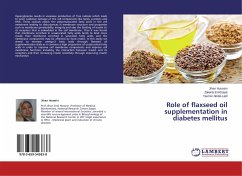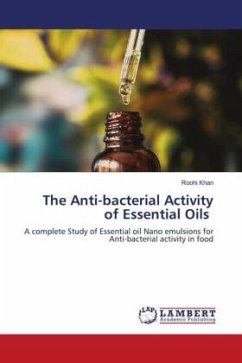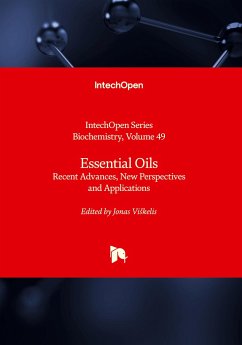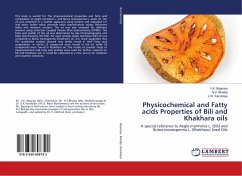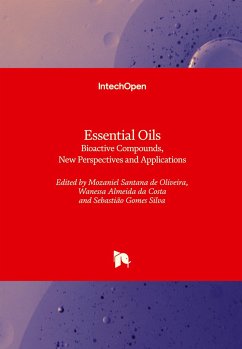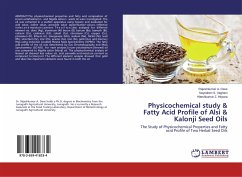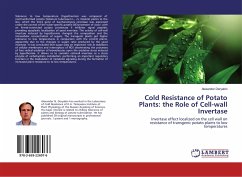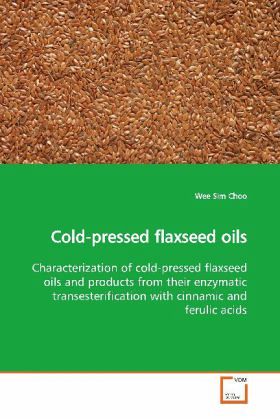
Cold-pressed flaxseed oils
Characterization of cold-pressed flaxseed oils and products from their enzymatic transesterification with cinnamic and ferulic acids
Versandkostenfrei!
Versandfertig in 6-10 Tagen
45,99 €
inkl. MwSt.

PAYBACK Punkte
23 °P sammeln!
The physicochemical and stability characteristics ofseven cold-pressed flaxseed oils sold in New Zealandwere investigated. The oils exhibited significantvariations in their physicochemical characteristics. Four oils were found to be within the limit of goodstability oil indices. The role of minor constituentsin the oxidative stability of two selected flaxseedoils with different fatty acid composition and minorconstituents was also investigated. It was foundthat phenolic acids present free in the oils played adominant role in the oxidative stability of the oils. Enzymatic transesterification of...
The physicochemical and stability characteristics of
seven cold-pressed flaxseed oils sold in New Zealand
were investigated. The oils exhibited significant
variations in their physicochemical characteristics.
Four oils were found to be within the limit of good
stability oil indices. The role of minor constituents
in the oxidative stability of two selected flaxseed
oils with different fatty acid composition and minor
constituents was also investigated. It was found
that phenolic acids present free in the oils played a
dominant role in the oxidative stability of the oils.
Enzymatic transesterification of triolein with the
phenolic acids, cinnamic and ferulic, was conducted.
The characterization of the resulting products where
the phenolic acids were bound to the fat structure
was carried out. This study using triolein as a model
system was extended to flaxseed oil. A mechanism for
the opposing protective effects of esterification of
cinnamic and ferulic acids compared with the unbound
acids was presented and the role of solvent in
determination of free radical scavenging activity was
investigated.
seven cold-pressed flaxseed oils sold in New Zealand
were investigated. The oils exhibited significant
variations in their physicochemical characteristics.
Four oils were found to be within the limit of good
stability oil indices. The role of minor constituents
in the oxidative stability of two selected flaxseed
oils with different fatty acid composition and minor
constituents was also investigated. It was found
that phenolic acids present free in the oils played a
dominant role in the oxidative stability of the oils.
Enzymatic transesterification of triolein with the
phenolic acids, cinnamic and ferulic, was conducted.
The characterization of the resulting products where
the phenolic acids were bound to the fat structure
was carried out. This study using triolein as a model
system was extended to flaxseed oil. A mechanism for
the opposing protective effects of esterification of
cinnamic and ferulic acids compared with the unbound
acids was presented and the role of solvent in
determination of free radical scavenging activity was
investigated.




